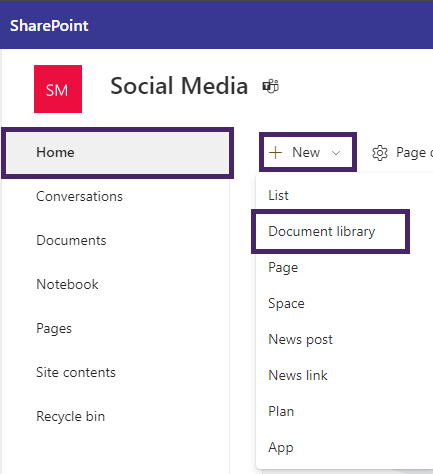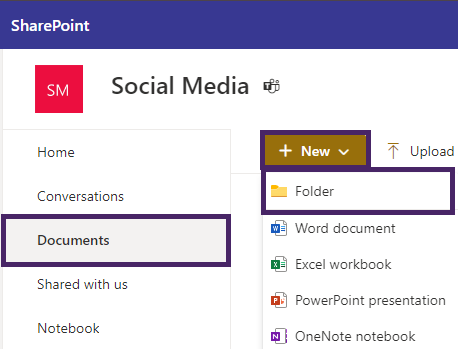If you’re wondering how to use SharePoint effectively in your organisation, you’re not alone. SharePoint can really change the way your team collaborates and shares information, but it does take a bit of know-how to get the most out of it.
Below, we’ve outlined five best practices to help you make the most of SharePoint.
1. Use SharePoint Effectively by Structuring Your SharePoint Site With Clear Libraries and Folders
The first step to using SharePoint effectively is setting up your site with clear libraries and folders. Each department or team should have its own document library, and within that, you can create sub-folders for specific projects or categories. A well-structured system makes it easier to find files, ensuring teams can collaborate without wasting time searching for information.
Tip: Avoid using too many layers of folders, as this can make navigation confusing.


2. Use Metadata to Enhance File Searchability
One of the best features of SharePoint is its metadata capabilities. Instead of relying on complex folder structures, you can add tags or metadata to files, which makes it easier to filter and search for documents. Metadata like project name, client, or document type can significantly reduce the time spent searching for files.
Tip: Establish a standard set of metadata across your organisation to maintain consistency.

3. Manage SharePoint Permissions for Secure and Effective Use
Controlling who can access and edit files is key to keeping your SharePoint site secure and organised. By setting the right permissions and access levels, you can make sure that only the right people see sensitive information. Regularly reviewing these permissions also helps keep everything clean and safe.
The steps for managing access might be different depending on how your site is set up and your SharePoint settings. You can find more details here.
Tip: Use SharePoint groups to simplify managing access for large teams.
4. Use SharePoint Effectively by Integrating with Microsoft 365
One of the key ways to use SharePoint effectively is to integrate it with other Microsoft 365 tools like Teams, Outlook, and OneDrive. This allows seamless collaboration, as users can co-author documents, sync files, and share content across different platforms without leaving SharePoint.
Tip: Enable automatic syncing of document libraries with OneDrive for easy offline access.

5. Keep Your SharePoint Site Organised | Regular Reviews and Clean-ups
Over time, SharePoint sites can get cluttered with outdated files and unused folders. Schedule regular reviews to delete or archive old content. This keeps your site tidy and ensures that users are working with the most up-to-date information.
- Tip: Set retention policies to automatically archive or delete files after a certain period.
You can create and manage retention policies in the Microsoft 365 admin center. Once you’re logged in, go to Compliance > Solutions > Data lifecycle management > Microsoft 365.
From there, just click on the Retention policies tab and select New retention policy to get started.
Summary
Understanding how to use SharePoint effectively can transform how your team works with it. By organising your site, using metadata, managing permissions, integrating with other tools, and keeping everything tidy, you’ll be well on your way to getting the most out of SharePoint.
Need help with your SharePoint setup? Get in touch – we know it inside out!


